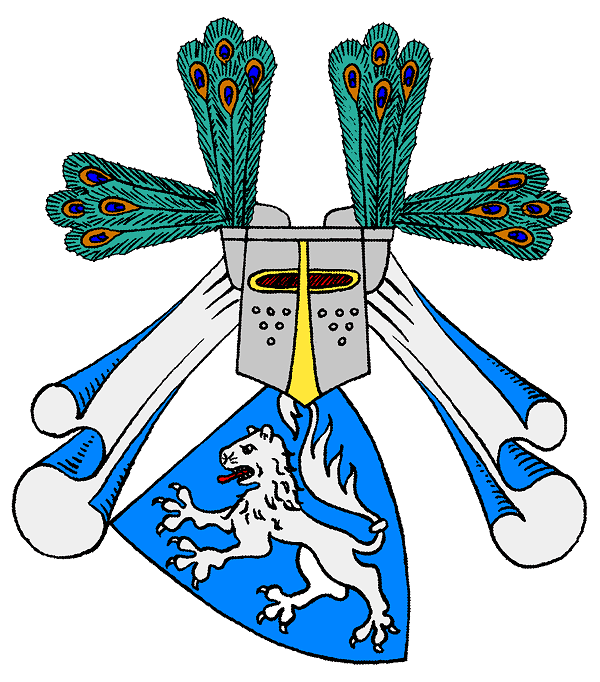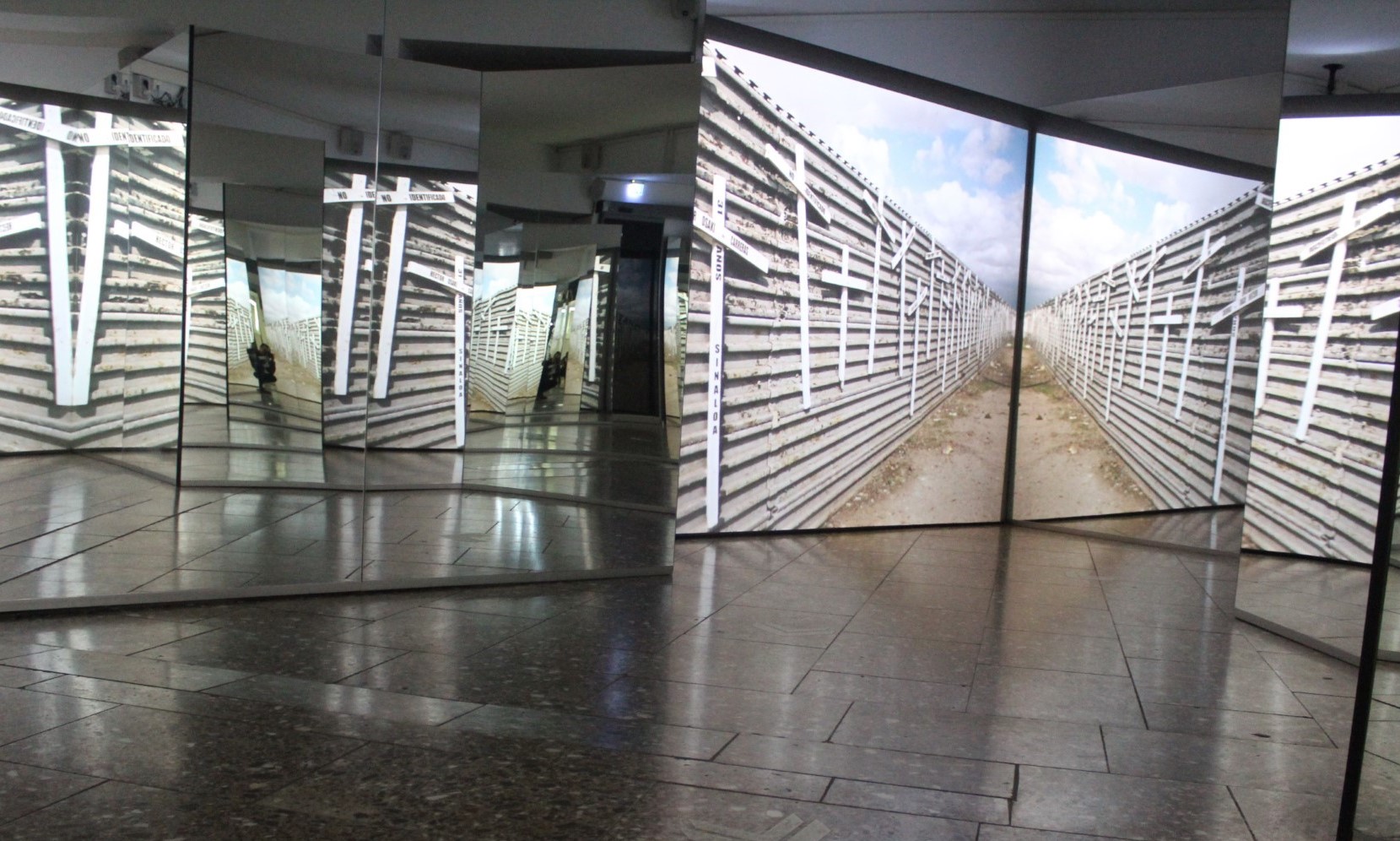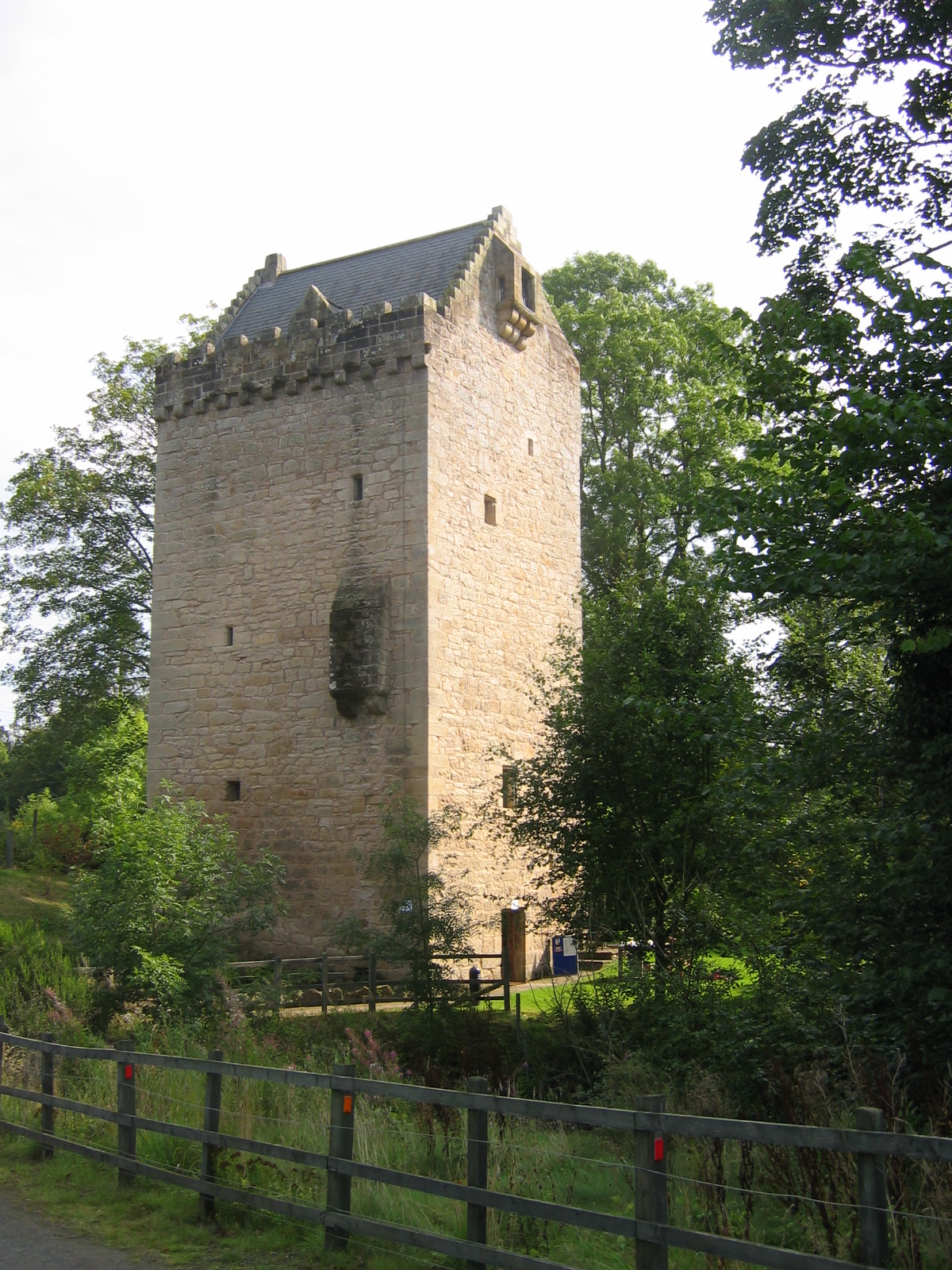|
Teistungen
Teistungen is a municipality in the district of Eichsfeld in Thuringia, Germany. Teistungen was first mentioned in 1090 as the site of Teistungenburg monastery, a filiation of Beuren monastery. The old monastery buildings were demolished in 1975. It is located in the historical Eichsfeld, formerly a remote exclave of the Electorate of Mainz in Central Germany. In 1283 the fief was acquired by the knightly family ''von Hagen'' who resided in nearby ''Westernhagen Castle'' at Berlingerode (destroyed in 1525). The Westernhagen family built two tower houses here that were later replaced by manor houses. Between 1802 and 1807 the Eichsfeld became part of the Kingdom of Westphalia, then until 1945 of the Prussian Province of Saxony, thereafter it formed part of East Germany. Since 1990 it is part of the state of Thuringia. Museums Teistungen is the location of the Borderland Museum Eichsfeld, a history museum dealing with the inner-German border and the German division. The indo ... [...More Info...] [...Related Items...] OR: [Wikipedia] [Google] [Baidu] |
Westernhagen
The House of Westernhagen is an old German noble family from Thuringia which originated in Lower Saxony. The first reference to the family was made in 1258. The original family name was von Hagen. The family acquired a fiefdom in 1283 and built Westernhagen Castle in Berlingerode, from which their name derives. History The family is first mentioned in 1258 with ''Conradus and Hermannus Indagine'' (Latin for ''Hagen'' meaning ''hague'', an area fortified and fenced with a hedge). From Hermannus an uninterrupted lingeage can be traced. The name changed from de Indagine to Hayn, then to Hagen and finally to Westernhagen. The lords of Berlingerode in the Eichsfeld district had already built the old moated Castle Hagen (Westernhagen Castle) near Berlingerode by 1123, although it is first mentioned in documents in 1288. Around 1300 some relatives, probably tribally related to the lords of Berlingerode, built Castle Osternhagen (Eastern Hagen) at Hundeshagen. Some later members of ... [...More Info...] [...Related Items...] OR: [Wikipedia] [Google] [Baidu] |
Eichsfeld (district)
Eichsfeld is a district in Thuringia, Germany, and part of the historical region of Eichsfeld. It is bounded by (from the east and clockwise) the districts of Nordhausen (district), Nordhausen, Kyffhäuserkreis and Unstrut-Hainich-Kreis, and by the states of Hesse (district Werra-Meißner-Kreis) and Lower Saxony (district Göttingen (district), Göttingen). History In medieval times the Eichsfeld region, which is larger than the current district Eichsfeld, was property of the Archbishopric of Mainz, Archbishops of Mainz. Eichsfeld was the only region of Thuringia not to accept the Protestant Reformation, largely due to the efforts of the Archbishops of Mainz. In 1801, the German mediatisation, clerical states were dissolved, and the Kingdom of Prussia gained the region, only to lose it again in the Napoleonic Wars. In the Congress of Vienna (1815) Prussia as well as the Kingdom of Hanover raised claims for the Eichsfeld. The region was divided between both states. Although Han ... [...More Info...] [...Related Items...] OR: [Wikipedia] [Google] [Baidu] |
Inner German Border
The inner German border ( or ''deutsch–deutsche Grenze''; initially also , zonal boundary) was the frontier between the East Germany, German Democratic Republic (GDR, East Germany) and the West Germany, Federal Republic of Germany (FRG, West Germany) from 1949 to 1990. ''De jure'' not including the similar but physically separate Berlin Wall, the border was an irregular L-shaped line, long. It ran south from the Baltic Sea and then east to the border of Protection of Czechoslovak borders during the Cold War, Czechoslovakia. It was formally established by the Potsdam Agreement on 1 August 1945 as the boundary between the Allied-occupied Germany, Western and Soviet occupation zones of Germany. On the Eastern side, it was made one of the world's most heavily fortified frontiers, defined by a continuous line of high metal fences and walls, barbed wire, alarms, anti-vehicle ditches, watchtowers, automatic booby traps and minefields. It was patrolled by 50,000 armed GDR borde ... [...More Info...] [...Related Items...] OR: [Wikipedia] [Google] [Baidu] |
Eichsfeld
The Eichsfeld ( or ; 'Oak-field') is a historical region in the southeast of the state of Lower Saxony (which is called , 'lower Eichsfeld') and northwest of the state of Thuringia (, 'upper Eichsfeld') in the south of the Harz mountains in Germany. Until 1803 the Eichsfeld was for centuries part of the Archbishopric of Mainz, which is the cause of its current position as a Catholic enclave in the predominantly Protestant north of Germany. Following German partition in 1945, the West German portion became Landkreis Duderstadt. A few small transfers of territory between the American and Soviet zones of occupation took place in accordance with the Wanfried Agreement. Geography Today the greatest part of the Obereichsfeld makes up the Landkreis (district) Eichsfeld. Other parts belong to the district Unstrut-Hainich-Kreis. The Untereichsfeld, later Landkreis Duderstadt, was merged mostly with the Landkreis of Göttingen, while Lindau became part of Katlenburg-Lindau which is now ... [...More Info...] [...Related Items...] OR: [Wikipedia] [Google] [Baidu] |
Kingdom Of Westphalia
The Kingdom of Westphalia was a client state of First French Empire, France in present-day Germany that existed from 1807 to 1813. While formally independent, it was ruled by Napoleon's brother Jérôme Bonaparte. It was named after Westphalia, but this was a misnomer since the kingdom had little territory in common with that area. The region mostly covered territory formerly known as Eastphalia. Napoleon imposed the Constitution of the Kingdom of Westphalia, first written modern constitution in Germany, a French-style central administration, and agricultural reform. The kingdom liberated the Serfdom, serfs and gave everyone equal rights and the right to a jury trial. In 1808 the kingdom passed Germany's first laws granting Jews equal rights, thereby providing a model for reform in the other German states. Westphalia seemed to be progressive in immediately enacting and enforcing the new reforms. The country was relatively poor but Napoleon demanded heavy taxes and payments and c ... [...More Info...] [...Related Items...] OR: [Wikipedia] [Google] [Baidu] |
Borderland Museum Eichsfeld
The Borderland Museum Eichsfeld is a history museum located in Central Germany at the former Inner German border, inner-German border between East Germany, East and West Germany. It deals with the Cold War in general and the German division in specific. The museum exhibitions are situated in a complex of buildings at a former border crossing point near Göttingen and Kassel in the Eichsfeld region. The museum area also includes a circular hiking trail. It leads along the former Iron Curtain, which was transformed into the European Green Belt after the Cold War had ended. Historical development After the end of World War II, defeated Germany was divided into four occupation zones. The Eichsfeld region and many families who lived here were separated by the Allied-occupied Germany#British Zone of Occupation, British and the Allied-occupied Germany#Soviet Zone, Soviet zone, and from 1949 onwards by the two German states. As early as the 1950s and '60s, the Eichsfeld region was t ... [...More Info...] [...Related Items...] OR: [Wikipedia] [Google] [Baidu] |
130805 Grenzland 61 - Kopie
Thirteen or 13 may refer to: * 13 (number) * Any of the years 13 BC, AD 13, 1913, or 2013 Music Albums * ''13'' (Black Sabbath album), 2013 * ''13'' (Blur album), 1999 * ''13'' (Borgeous album), 2016 * ''13'' (Brian Setzer album), 2006 * ''13'' (Die Ärzte album), 1998 * ''13'' (The Doors album), 1970 * ''13'' (Havoc album), 2013 * ''13'' (HLAH album), 1993 * ''13'' (Indochine album), 2017 * ''13'' (Marta Savić album), 2011 * ''13'' (Norman Westberg album), 2015 * ''13'' (Ozark Mountain Daredevils album), 1997 * ''13'' (Six Feet Under album), 2005 * ''13'' (Suicidal Tendencies album), 2013 * ''13'' (Solace album), 2003 * ''13'' (Second Coming album), 2003 * 13 (Timati album), 2013 * ''13'' (Ces Cru EP), 2012 * ''13'' (Denzel Curry EP), 2017 * ''Thirteen'' (CJ & The Satellites album), 2007 * ''Thirteen'' (Emmylou Harris album), 1986 * ''Thirteen'' (Harem Scarem album), 2014 * ''Thirteen'' (James Reyne album), 2012 * ''Thirteen'' (Megadeth album), 2011 * ' ... [...More Info...] [...Related Items...] OR: [Wikipedia] [Google] [Baidu] |
East Germany
East Germany, officially known as the German Democratic Republic (GDR), was a country in Central Europe from Foundation of East Germany, its formation on 7 October 1949 until German reunification, its reunification with West Germany (FRG) on 3 October 1990. Until 1989, it was generally viewed as a communist state and described itself as a Socialist state, socialist "workers' and peasants' state". The Economy of East Germany, economy of the country was Central planning, centrally planned and government-owned corporation, state-owned. Although the GDR had to pay substantial war reparations to the Soviets, its economy became the most successful in the Eastern Bloc. Before its establishment, the country's territory was administered and occupied by Soviet forces following the Berlin Declaration (1945), Berlin Declaration abolishing German sovereignty in World War II. The Potsdam Agreement established the Soviet occupation zone in Germany, Soviet-occupied zone, bounded on the east b ... [...More Info...] [...Related Items...] OR: [Wikipedia] [Google] [Baidu] |
Province Of Saxony
The Province of Saxony (), also known as Prussian Saxony (), was a province of the Kingdom of Prussia and later the Free State of Prussia from 1816 until 1944. Its capital was Magdeburg. It was formed by the merger of various territories ceded or returned to Prussia in 1815 by the Congress of Vienna: most of the former northern territories of the Kingdom of Saxony (the remainder of which became part of Brandenburg or Silesia), the former French Principality of Erfurt, the Duchy of Magdeburg, the Altmark, the Principality of Halberstadt, and some other districts. The province was bounded by the Electorate of Hesse (the province of Hesse-Nassau after 1866), the Kingdom of Hanover (the province of Hanover after 1866) and the Duchy of Brunswick to the west, Hanover (again) to the north, Brandenburg to the north and east, Silesia to the south-east, and the rump kingdom of Saxony and the small Ernestine duchies to the south. Its shape was very irregular and it entirely surrou ... [...More Info...] [...Related Items...] OR: [Wikipedia] [Google] [Baidu] |
Ortsteil
A village is a human settlement or Residential community, community, larger than a hamlet (place), hamlet but smaller than a town with a population typically ranging from a few hundred to a few thousand. Although villages are often located in rural areas, the term urban village is also applied to certain urban neighborhoods. Villages are normally permanent, with fixed dwellings; however, transient villages can occur. Further, the dwellings of a village are fairly close to one another, not scattered broadly over the landscape, as a dispersed settlement. In the past, villages were a usual form of community for societies that practice subsistence agriculture and also for some non-agricultural societies. In Great Britain, a hamlet earned the right to be called a village when it built a Church (building), church. [...More Info...] [...Related Items...] OR: [Wikipedia] [Google] [Baidu] |
Tower House
A tower house is a particular type of stone structure, built for defensive purposes as well as habitation. Tower houses began to appear in the Middle Ages, especially in mountainous or limited access areas, to command and defend strategic points with reduced forces. At the same time, they were also used as an aristocrat's residence, around which a castle town was often constructed. Europe After their initial appearance in Ireland, Scotland, the Frisian lands, Northern Spain and England during the High Middle Ages, tower houses were also built in other parts of western Europe, especially in parts of France and Italy. In Italian medieval communes, urban ''palazzi'' with a very tall tower were increasingly built by the local highly competitive patrician families as power centres during times of internal strife. Most north Italian cities had a number of these by the end of the Middle Ages, but few now remain, notably two towers in Bologna, twenty towers in Pavia and fourtee ... [...More Info...] [...Related Items...] OR: [Wikipedia] [Google] [Baidu] |





